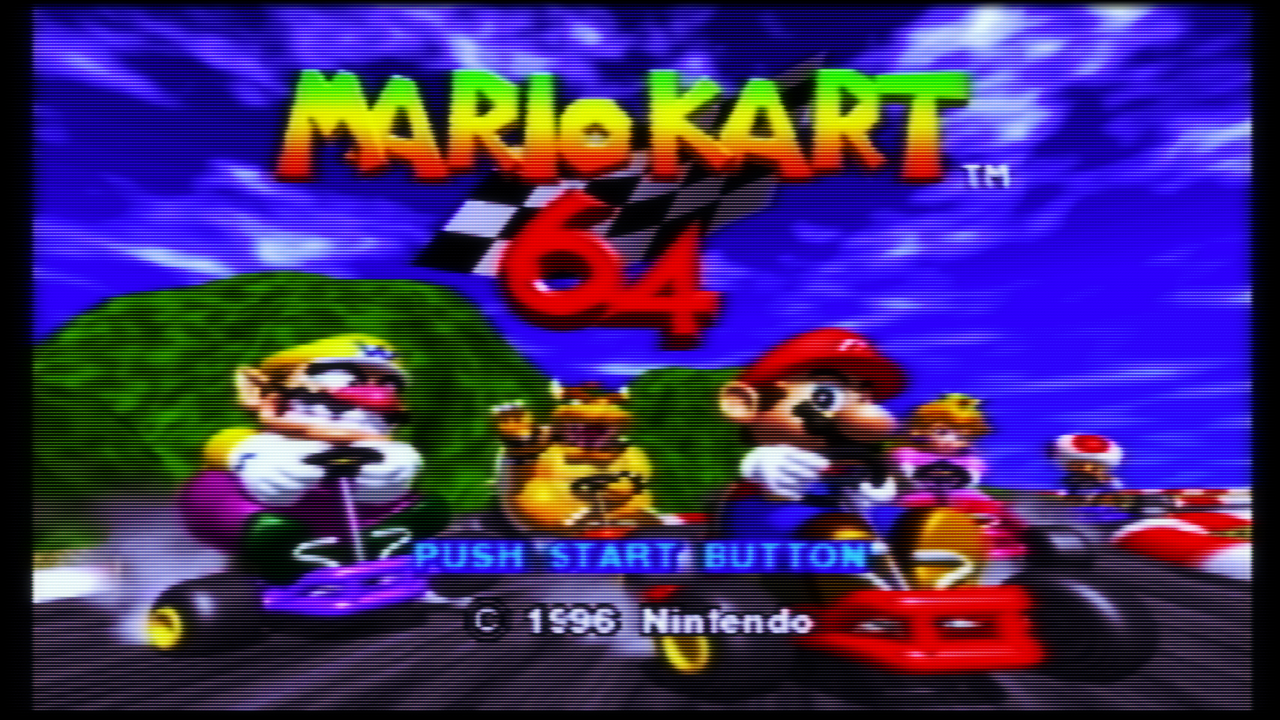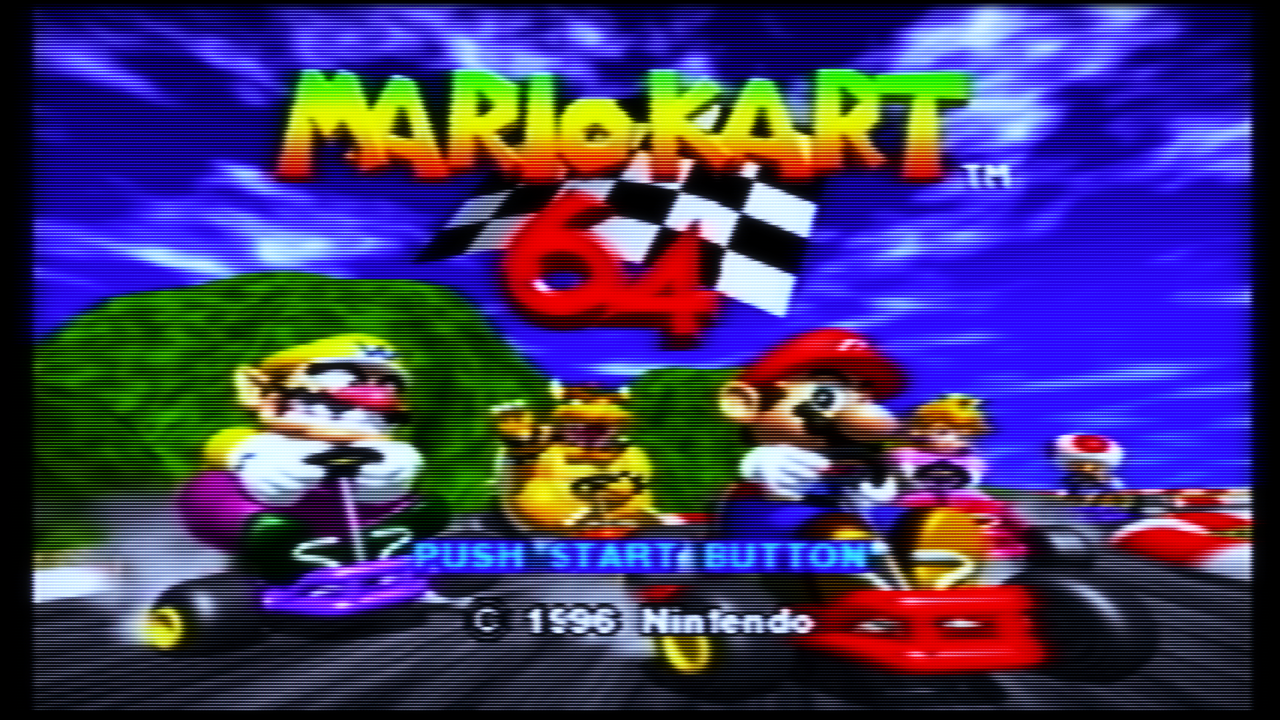So I run some tests, I grabbed an old shot as reference, then the new preset with grade, and following the fix (color adjustments) I did just now.
What I did mostly was lower saturation, lower gain, enable hotspot fix and lower white-green. I also added some green to reds to remove that blown pure red. As usual I also add green to blues, this makes skies look better (Azure blue), or Sonic color more natural.
This is something I would think ntsc emulation would suffix but it doesn’t, so there’s something else going on. I tried using the Triniton LUT but it’s not working fine on all systems and I don’t know why. It’s the “Sony Trinitron Std D50 - Edit 1 - Gamma Unadjusted -32px”. I interpret that as a linear 32 points LUT, it changes the white point to D50 (from D65) I guess.
Reference

crt-royale+grade

crt-royale+grade (color fix)

*Screenshots have been converted from Display profile to sRGB so it’s not 100% accurate on how I see colors here, but better than if I didn’t convert.
gamma_out = "2.200000"
gamma_in = "2.400000"
gamma_type = "1.000000"
g_vignette = "1.000000"
g_vstr = "40.000000"
g_vpower = "0.250000"
g_csize = "0.000000"
g_bsize = "600.000000"
LUT_Size1 = "32.000000"
LUT1_toggle = "0.000000"
LUT_Size2 = "64.000000"
LUT2_toggle = "0.000000"
wp_temperature = "9311.000000"
g_sat = "-0.020000"
g_vibr = "0.000000"
g_hpfix = "1.000000"
g_lum = "-0.050000"
g_cntrst = "0.000000"
g_mid = "0.500000"
g_lift = "0.040000"
blr = "0.000000"
blg = "0.000000"
blb = "0.000000"
wlr = "1.000000"
wlg = "0.850000"
wlb = "1.000000"
rg = "0.020000"
rb = "0.000000"
gr = "0.000000"
gb = "0.000000"
br = "0.000000"
bg = "0.050000"





